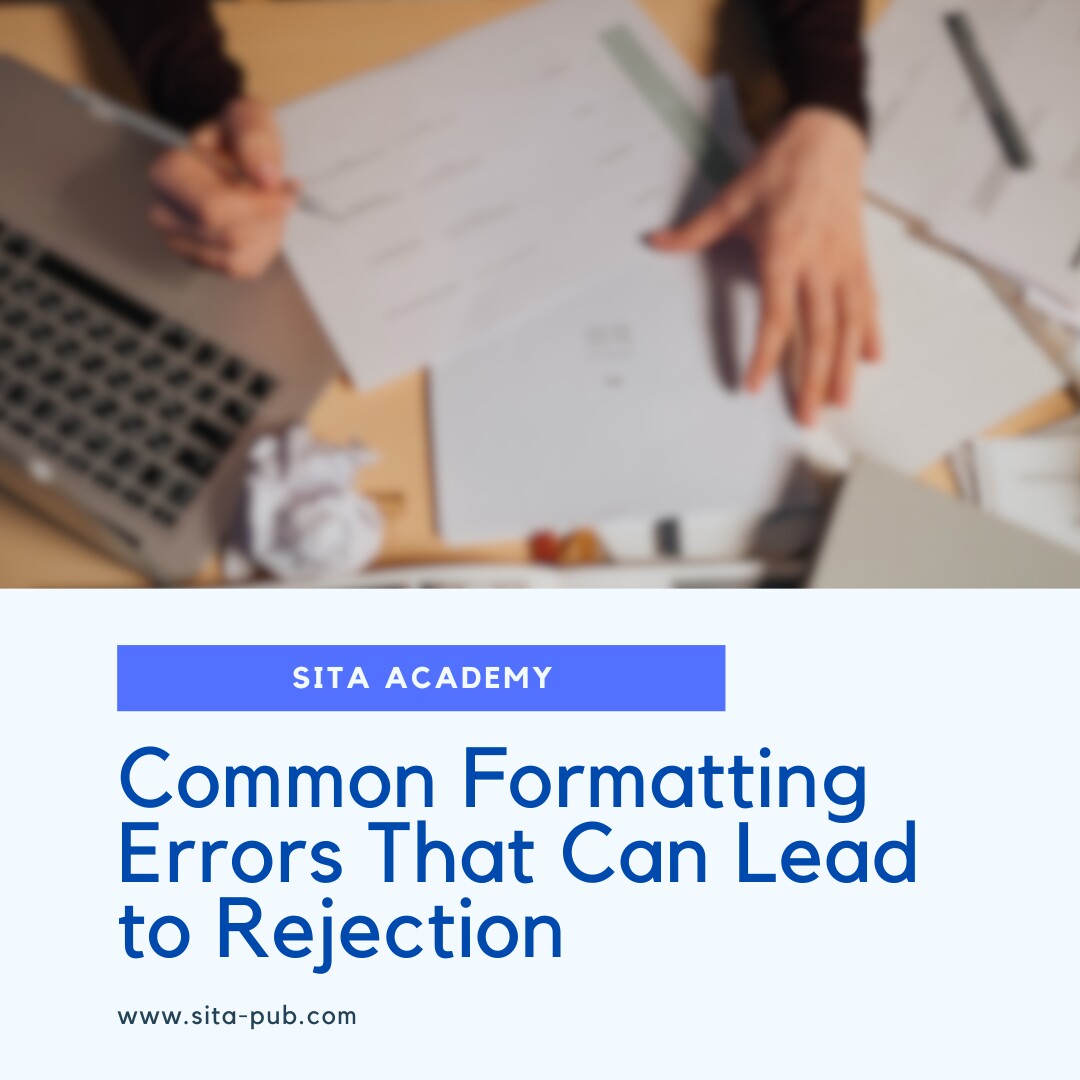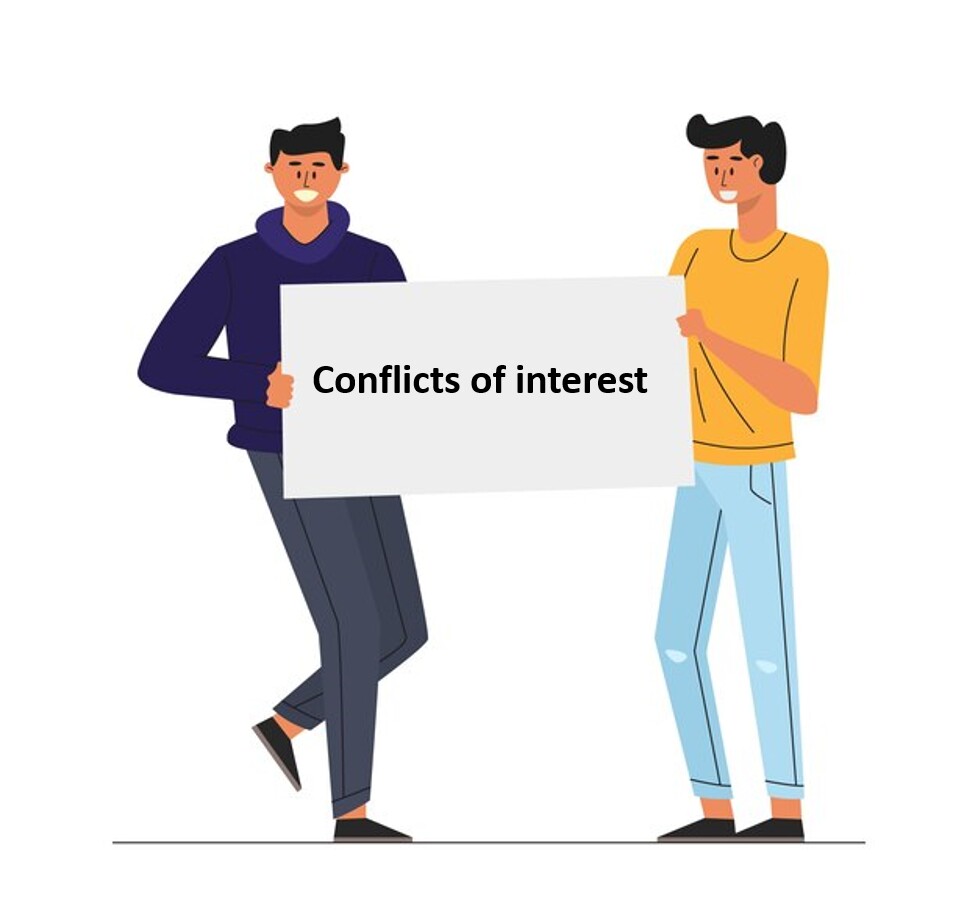Common Formatting Errors That Can Lead to Rejection


Submitting your research paper to a journal is a significant step in the academic publishing process. However, manuscript writing mistakes can lead to manuscript rejection, even if your research findings are valuable. Understanding these common errors is crucial for ensuring your manuscript meets the journal’s requirements. Here are some typical formatting errors that can lead to rejection and how to avoid them.
Every journal has specific author guidelines outlining how to organize your manuscript. This typically includes sections like the title, abstract, introduction section, methods, results, discussion, and references. Failing to follow these instructions for authors can lead to rejection. Always check the journal’s structure requirements to ensure your manuscript is organized correctly.

Different journals use various citation styles, such as APA, MLA, or Chicago. Using the wrong citation style can hurt your chances during the peer review process. It’s essential to familiarize yourself with the required format and verify that all in-text citations and literature references adhere to it. Tools for manuscript preparation can simplify this task.

Journals often specify font type, size, and spacing. Common mistakes include using the wrong font or not adhering to the required line spacing. These technical flaws may seem minor, but they can significantly impact the readability of your manuscript and lead to rejection. Review the author guidelines for font and spacing requirements.

Many journals have specific rules for page numbering and headers, which may include author names or manuscript titles. Not following these guidelines can result in immediate rejection. Ensure your manuscript meets all header and numbering requirements as specified by the journal.

Figures and tables are vital for presenting significant findings, but they must be formatted according to the journal’s guidelines. Common errors include using low-resolution images or failing to label figures and tables properly. Always verify the journal’s instructions for figures and tables to ensure they are presented correctly. High-quality images and clear labels enhance your manuscript’s professionalism.

Using inconsistent terms or abbreviations can confuse readers. If you introduce an abbreviation, define it the first time it appears and use it consistently. This helps maintain clarity and supports research integrity in your writing.

Many journals impose strict word count limits for articles, abstracts, and other sections. Exceeding these limits can lead to rejection. Always check the journal’s guidelines for word count requirements and adjust your manuscript accordingly. If you need to condense your work, focus on clarity and conciseness.

The abstract is often the first part reviewers read. A poorly written or vague abstract can lead to rejection. Ensure your abstract summarizes your study effectively and adheres to the journal’s guidelines regarding length and structure. A well-crafted abstract will encourage reviewers to read the rest of your paper.

Some journals require specific sections, such as acknowledgments, conflict of interest statements, or ethical considerations. Omitting these sections can lead to rejection. Always review the journal’s guidelines to ensure that you include all necessary sections in your manuscript.

Every journal has specific submission guidelines, including file formats (like Word or PDF) and supplementary materials. Ignoring these guidelines can result in immediate rejection. Familiarize yourself with the submission process and ensure you follow all instructions carefully.

Plagiarism—using someone else's work without credit—and self-plagiarism—reusing your own previously published work without acknowledgment—are serious ethical concerns in academic publishing. Many journals use plagiarism detection software, and any form of plagiarism can lead to immediate rejection. Always ensure your work is original and properly cited.

Presenting data honestly is crucial. Manipulating results or drawing inappropriate conclusions can undermine your research credibility. Ensure that your result analysis is accurate and reflects the data collected. Misleading conclusions can lead to rejection and damage your reputation as a researcher.

The methods section should provide enough detail about your experimental procedure so that others can replicate your study. Lack of clarity or detail can raise doubts about your research findings and lead to rejection. Be thorough in describing your methods.

The conclusion and discussion sections should clearly summarize your findings and their implications. Avoid vague statements and ensure that your conclusions are supported by your results. A strong conclusion can enhance the overall impact of your manuscript.

Formatting errors can significantly affect the success of your manuscript submission. By being aware of these common mistakes and adhering to the journal’s author guidelines, you can improve the quality and professionalism of your work. A well-formatted manuscript demonstrates your attention to detail and increases your chances of acceptance, allowing your original research to reach the audience it deserves. Always review and edit your manuscript thoroughly before submission to avoid these formatting issues and ensure ethical writing practices throughout the publication process. Use these writing tips for authors to enhance your chances of success in academic publishing.

Ready to move forward with your publishing journey? If you’ve faced rejection due to formatting issues or fear it might happen, SITA Academy is here to help! Our experienced team will format your paper according to your target journal’s guidelines, ensuring everything is in order. We’ll also handle the submission process, allowing you to focus on your research. Don’t let formatting mistakes hold you back—partner with SITA Academy and increase your chances of getting published today!
If you have any questions, inquiries, or would like to learn more about our services, please don't hesitate to reach out to us. Our dedicated team is ready to assist you.